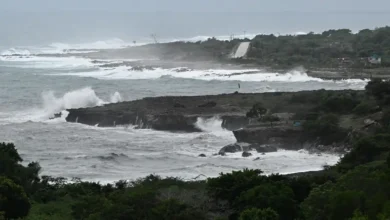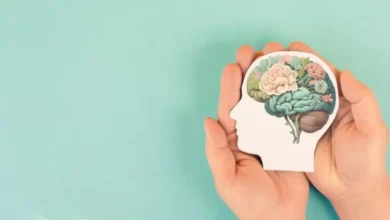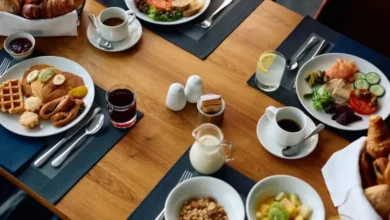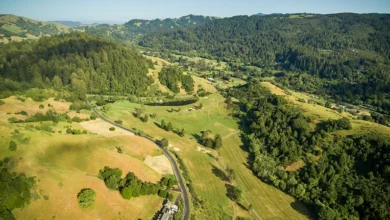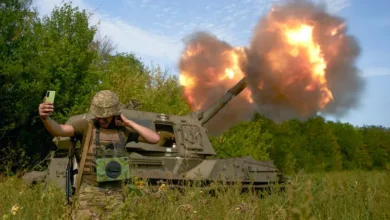Unspoken bonds: Gaza’s forcibly displaced and the homes they yearn for

An insight I gained over the past two decades is that trauma is not only experienced, it is encoded in our genes, passed down through generations, shaping our collective memory, identity and attitude.
About 17 years ago, I received my first laptop as a family gift. With it came a handheld black laptop case, among other accessories.
While excited about the gift, I asked for a backpack instead of the case because “it’s easier to carry in case I needed to flee”.
Back then, I hadn’t experienced displacement. Now, as I sit in my third shelter in Deir el-Balah, more than 10 months after I was forced to flee my home, it dawns on me that my request might have been a whisper from the past, echoes of my grandparents – expelled from their Jerusalem home to make way for the creation of the state of Israel in 1948 – reaching across the decades.
Lifelines to a distant home
As a Palestinian, one of the things you inherit is the haunting, pervasive fear of losing your home without prior notice.
You are constantly trying to protect your past, present and future, perpetually on edge, always bracing for the possibility of having to flee at any moment.
This sense of being on standby is a constant reminder of a past that our generation has never physically experienced but lived through genetically, morally and emotionally.
It is the threat of yet another Nakba, a never-ending vigilance against the loss of what you hold dear.
Over time, this fear fosters a profound sense of attachment to your oldest possessions, while new things inspire a growing sense of dread.
Your grandparents may have purchased a modern villa in their place of refuge, but they still do not feel at “home”. They remain forever nostalgic for their humble old place.
On October 13, I woke up at about 3am to a phone call. A recorded voice message from the Israeli occupation army, ordering residents of Gaza City and the northern Gaza Strip to immediately leave their homes and head to the southern Wadi Gaza, designating my neighbourhood as a “dangerous combat zone”.
Reluctant to leave my home, I finally succumbed to family pressure to evacuate once the sun rose. Thinking that my displacement would only last a few days, I grabbed just a few essential items, put on a striped shirt and black trousers over my pyjamas, and made my way to what would become my “first shelter”.
Since moving to my second and then third shelter, these items have transformed into lifelines connecting me to a home I can no longer reach.
The area where my home stands is now completely isolated, cut off by Israel from the place where I now seek refuge.
Today, the only time I do not wear the now-tattered striped shirt I wore as I fled is when I have to wash it.
For months, I clung to this single piece of clothing, refusing to buy anything new. It was a threadbare link to my familiar life, a comforting relic amid the chaos.
But eventually, I had to face reality – I could not go on indefinitely with just one shirt.
However, I still meticulously care for the only bag I managed to grab and persist in using the same shoes, the same eyeglasses, the same prayer mat and clothes.
During the eighth month of my displacement, I thought I had lost my sunglasses, a pair I bought in Gaza City a couple of years ago.
I walked down the street, silently weeping, promising myself I would not buy another pair from my area of refuge. The loss felt like a piece of my identity slipping away, a scent of home fading. My heart ached physically.


